I reviewed a NanoVNA-F V2 vector network analyzer a while ago. V2 has a frequency range from 50 kHz to 4.4 GHz (with the latest firmware). As an update to the V2, SYSJOINT recently released an upgraded NanoVNA-F V3 which has a frequency range between 1 MHz to 6.3 GHz. In this blog posting, let’s take a look at some of the teardown pictures of the V3 and see what have changed between from the prior version.
The case for the V3 and V2 look identical, the only difference is the version number printed on the front side. Upon opening the case, the first difference you can see is the battery size. In V3 (image to the left below, the battery had been removed from the board) it is a 15.2 Wh battery whereas in V2 the battery is a 19 Wh one. I am not entirely sure why there was a reduction in capacity in V3. Perhaps the V3 is more energy efficient?
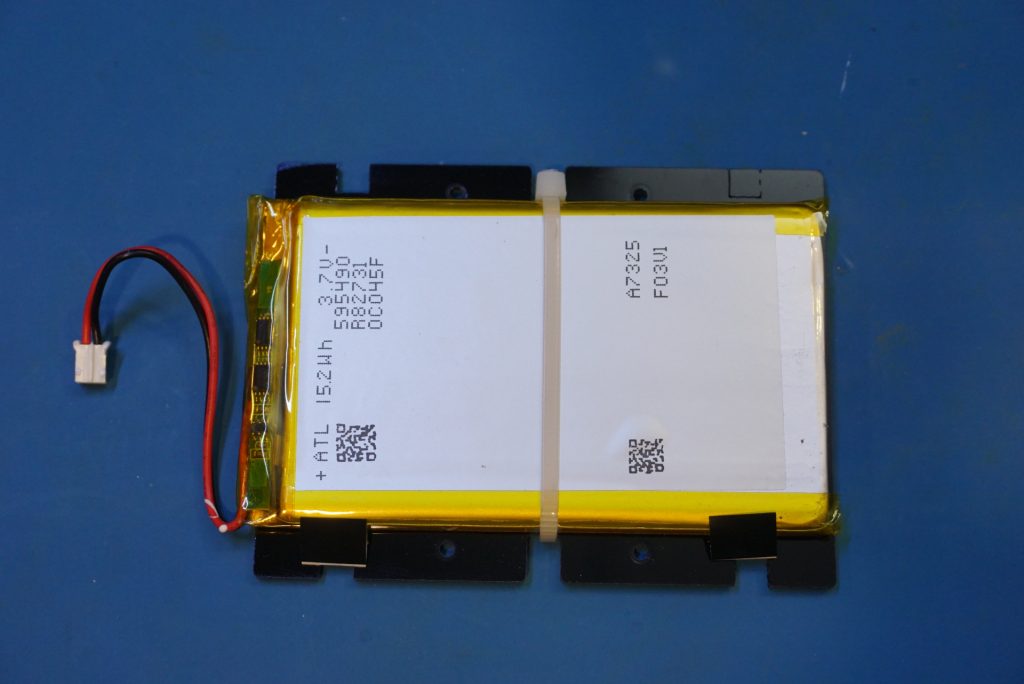
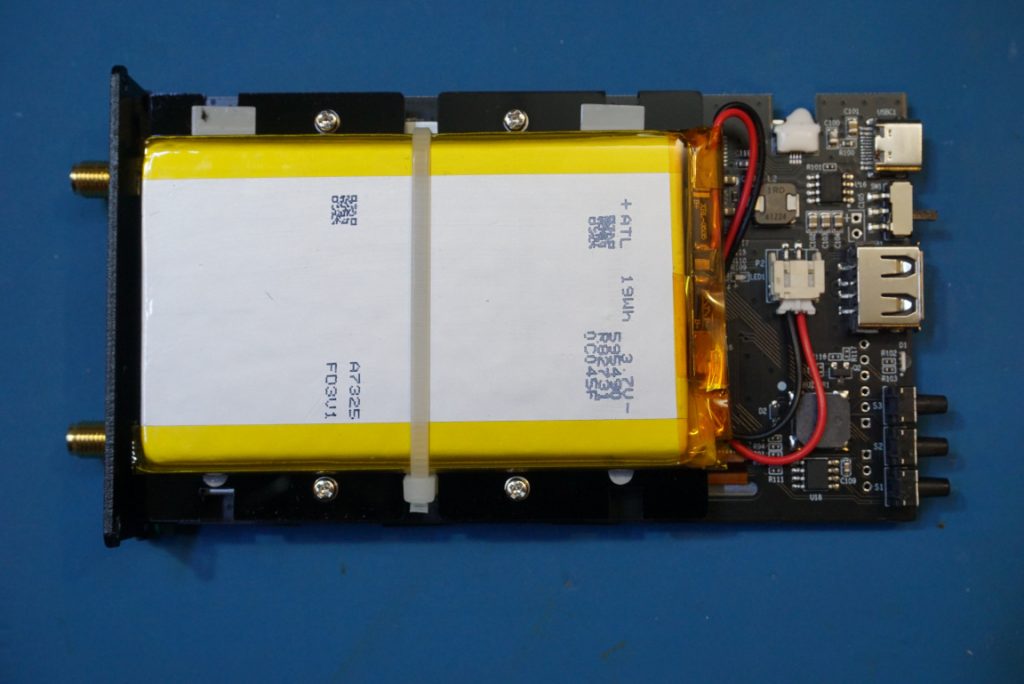
Another difference is the LCD used. Although both LCDs are of the same size, in V3 (left) the LCD screen is glossy where in V2 the screen used is matte. Personally, I prefer the matte screen as it is easier to film. But for day to day use, both worked well.
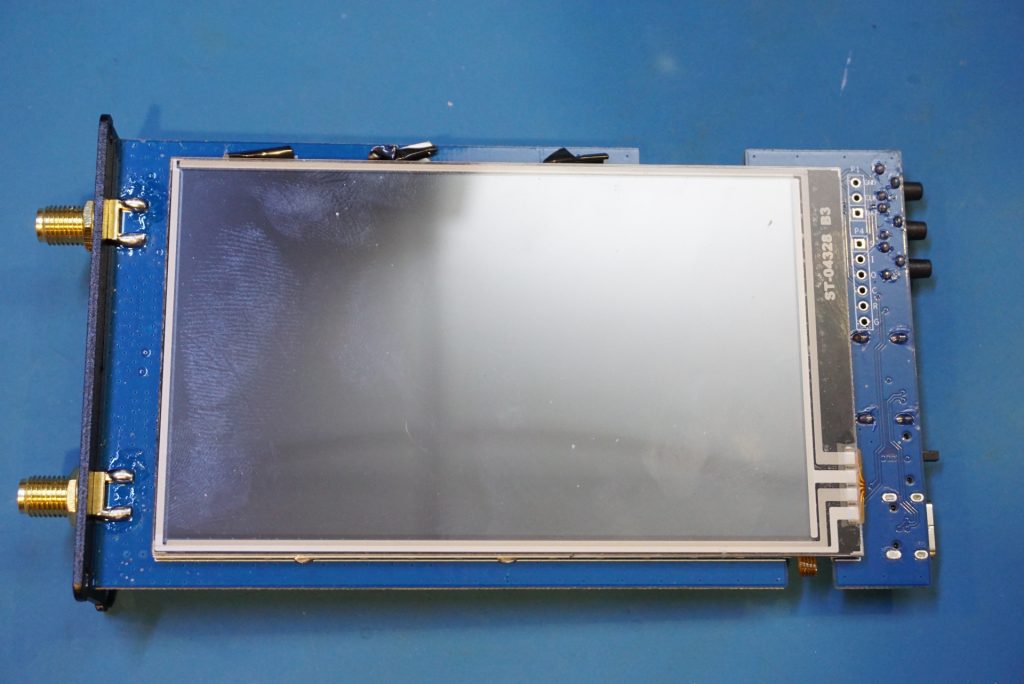
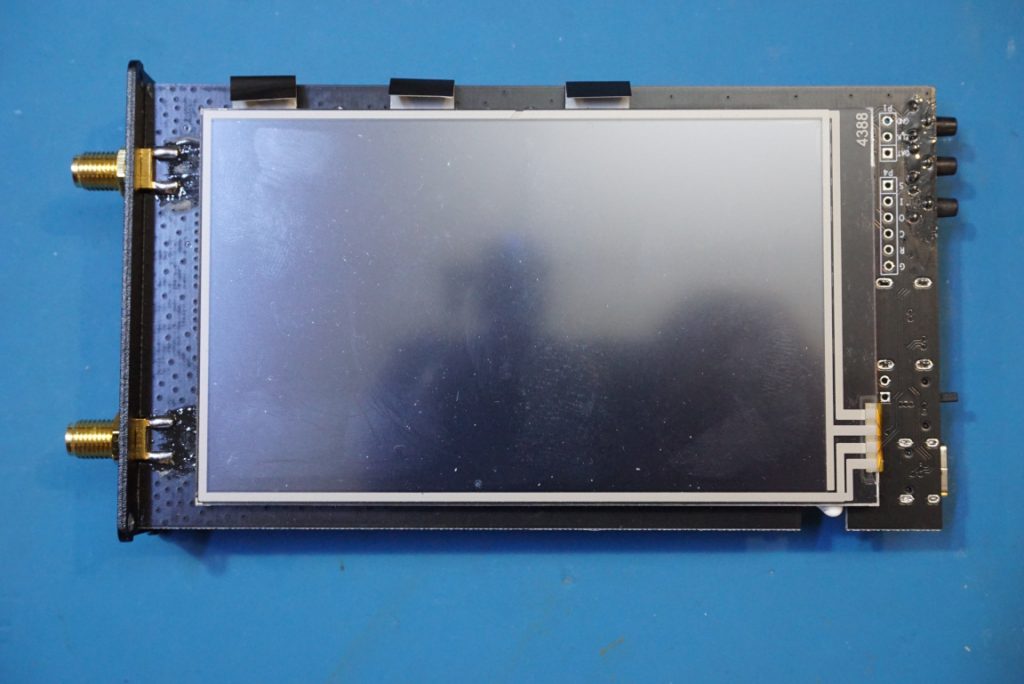
The two pictures below are the main board of V3 and V2 side by side (V3 is on the left). At a glance the boards look largely the same. But as you will see shortly many of the key components had changed in V3.
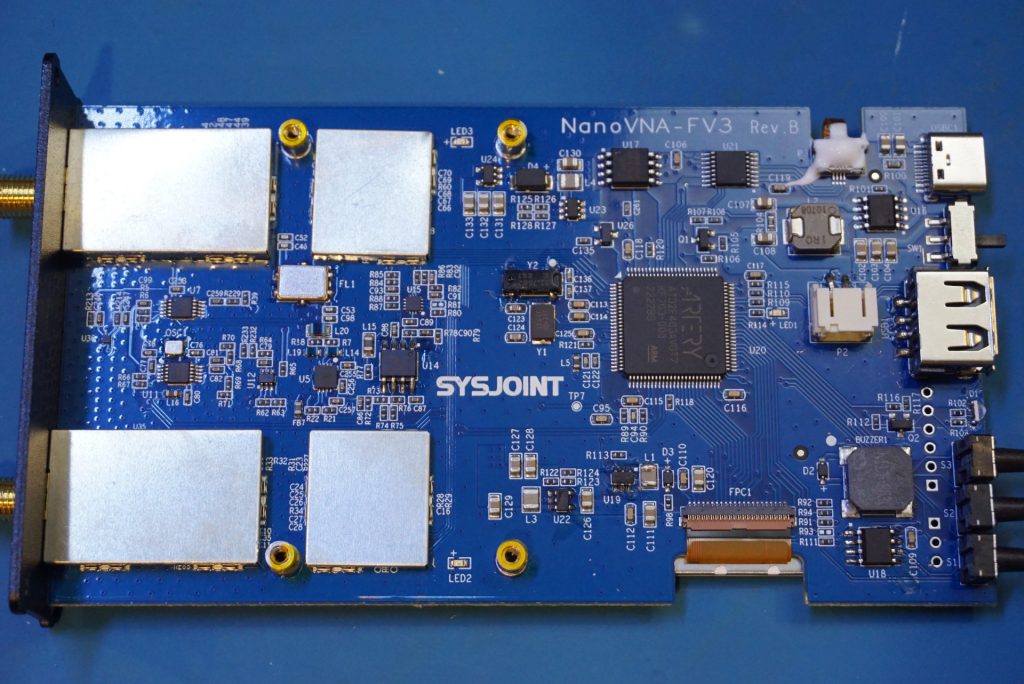
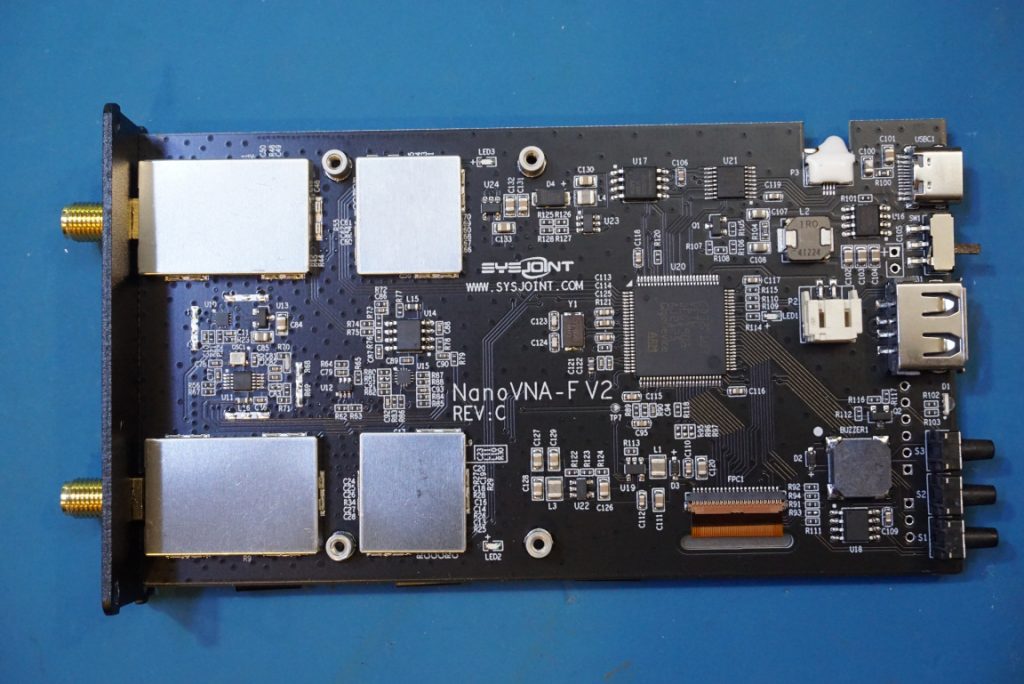
Here are the V3 and V2 pictures with the shielding cans removed:
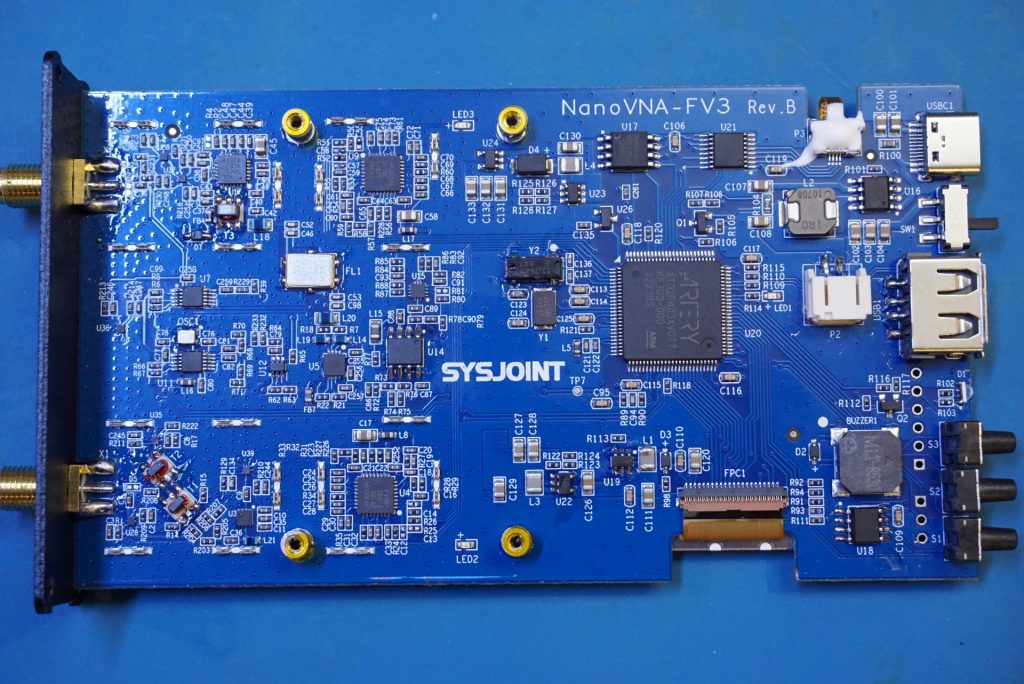
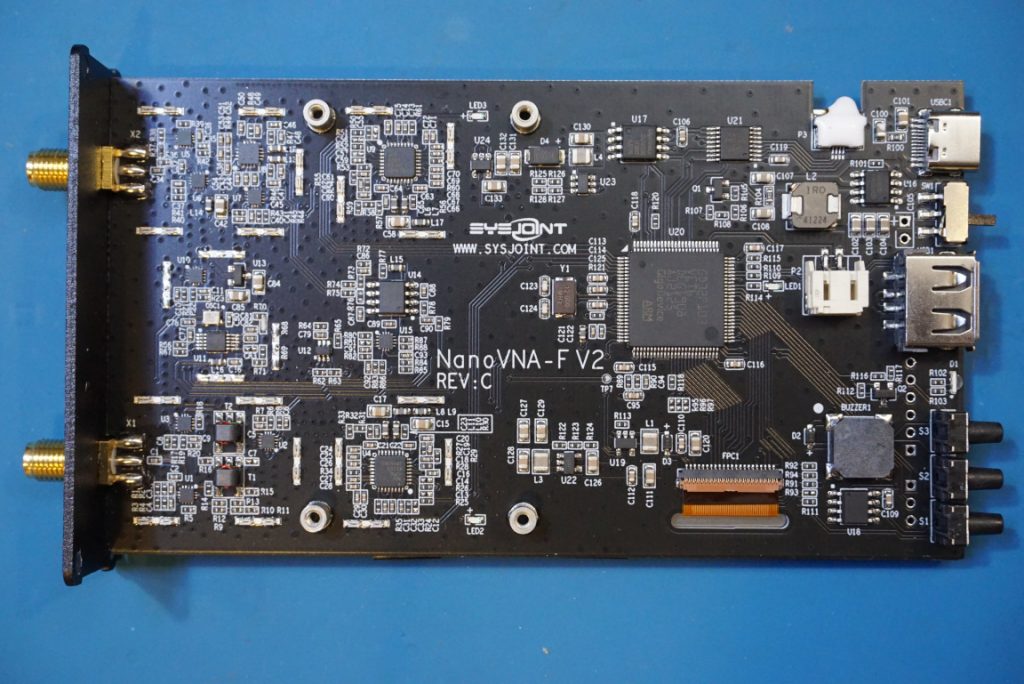
In V3, the synthesizer/VCO used is a MAX2870, which can synthesize frequencies between 23.5 MHz to 6 GHz. Whereas in V2, the maximum frequency is limited by ADF4350, which only goes up to 4.4 GHz. In the pictures below, you can see there are two MAX2870 used, one is near the S11 port (left), the other is near the S21 port (right). The change in the synthesizer chip largely explained the specified performance gains in V3.
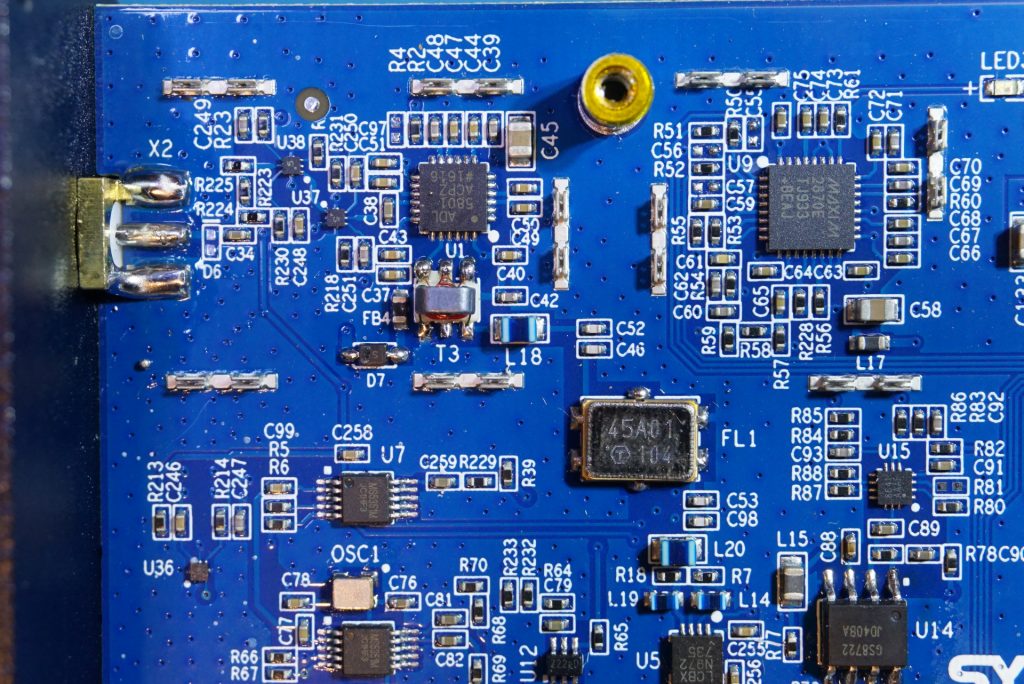
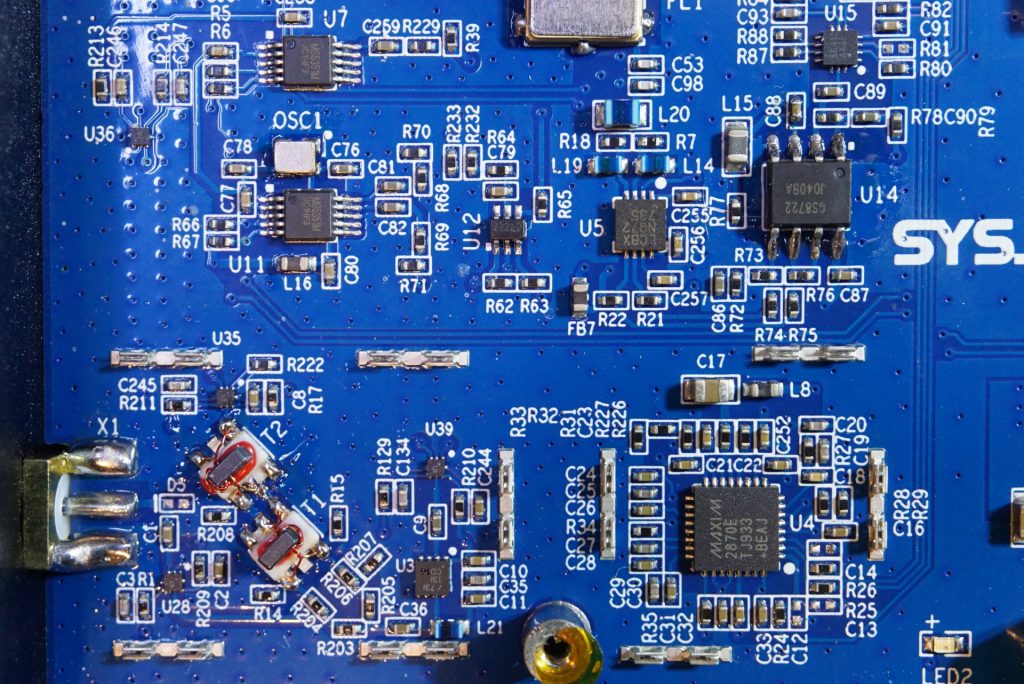
Like in V2, the clock generators used in the V3 is also MS5351M. Altogether, there are two of them.
Another improvement in the V3 is the MCU. In V3 an ARTERY AT32F403 is used which has an ARM Cortex M4 core. Compared to the GD32F103 used in the F2 this is a significant improvement. The maximum clock speed is doubled for the AT32F403 which contributes to the significant performance improvement compared to the V2.
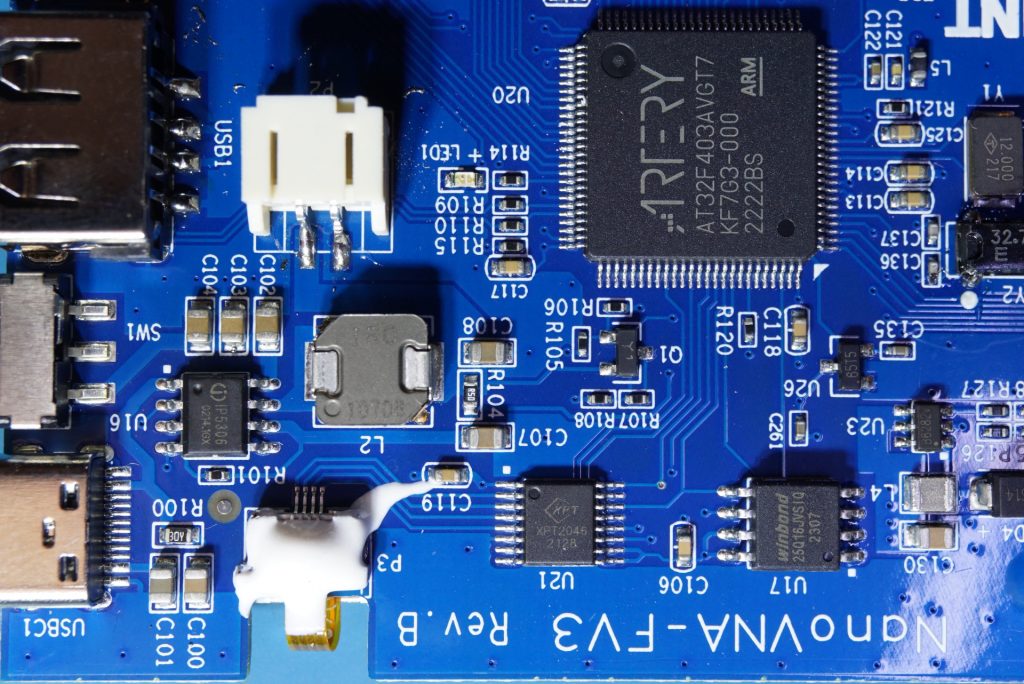
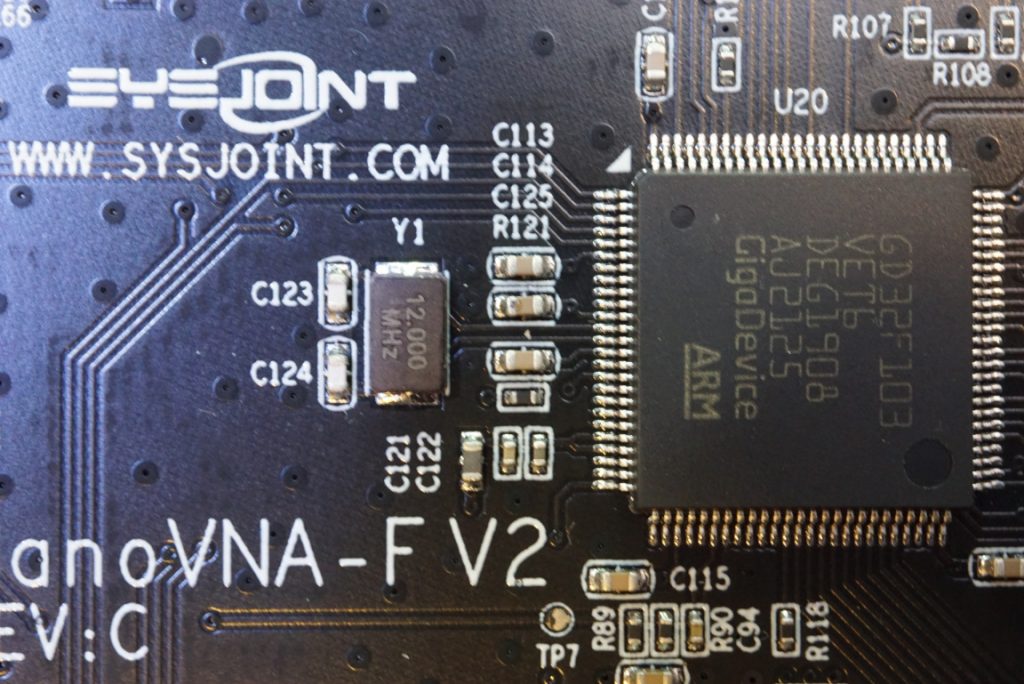
Here is the full review/teardown video of the NanoVNA-F V3:
And here is the review/teardown of the NanoVNA-F V2:

